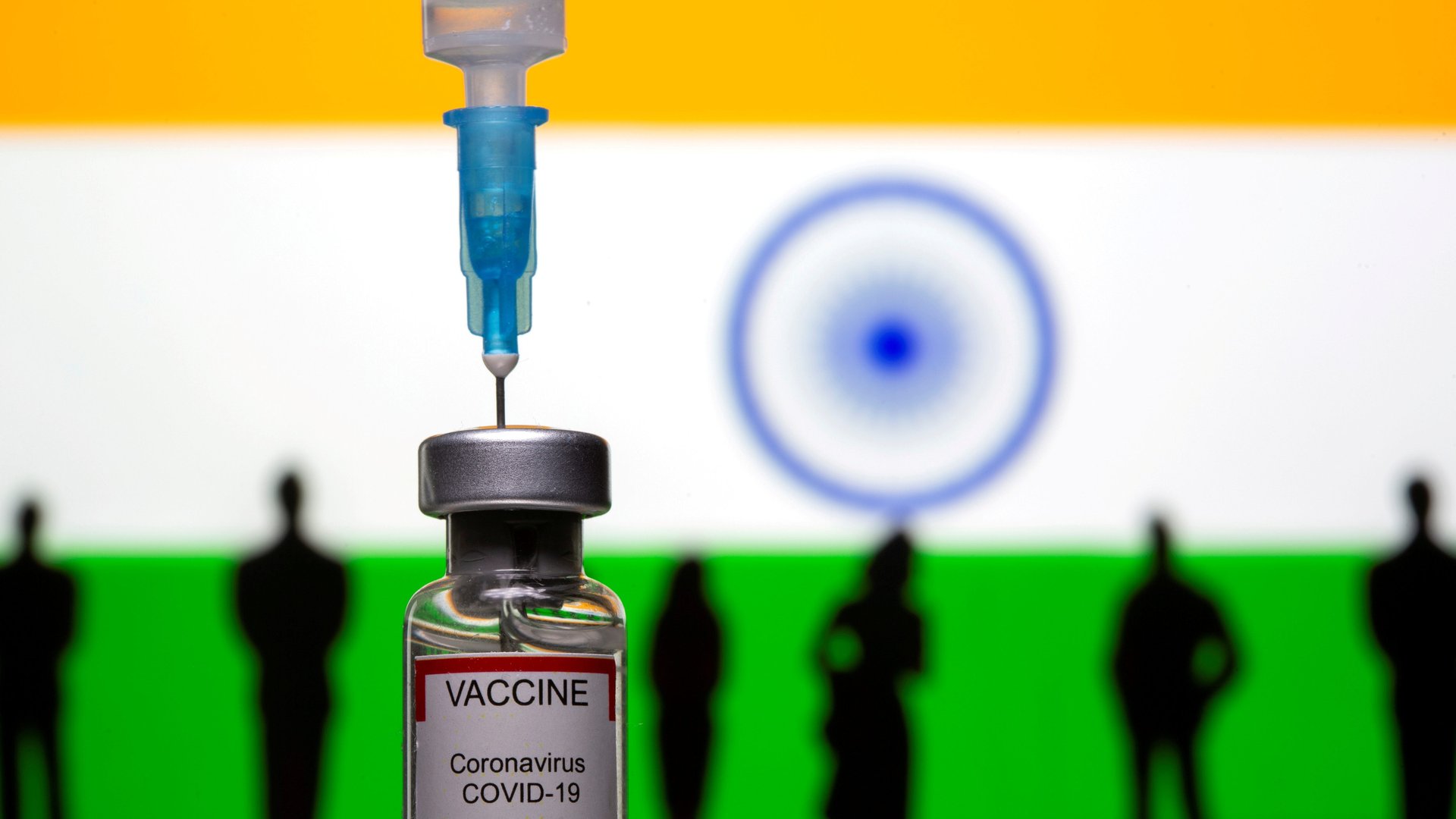Why is India taking out loans for covid-19 vaccines?
India’s covid-19 vaccination programme is set for considerable foreign fund infusion, adding to an already baffling mix of contributions and expenditure heads.


India’s covid-19 vaccination programme is set for considerable foreign fund infusion, adding to an already baffling mix of contributions and expenditure heads.
Prime minister Narendra Modi’s government had sought $500 million in loan from the Asian Infrastructure Investment Bank (AIIB) for the “procurement of safe and effective vaccines against covid-19.” This will be co-financed by the Asian Development Bank (ADB) under its $9 billion Asia Pacific Vaccine Access Facility (APVAX) programme announced in December 2020 to help member countries procure vaccines.
APVAX will extend an additional $4 million in loan to India for technical assistance in fields like vaccination site monitoring and biomedical waste disposal systems.
This is besides the $1.5 billion India is expected to receive from ADB towards vaccine purchase, according to The Hindu.
The latest ADB-AIIB loan is reportedly meant to cover the cost of roughly 670 million vaccine doses.
While official data are not available on how much the Indian government has spent on vaccines so far, the figure may be close to 19,000 crore rupees ($2.54 billion) towards nearly a billion doses. This estimation is based on affidavits filed in the supreme court, responses given in parliament, and official press releases, The Times of India reported.
The question, meanwhile, remains: why does India need a vaccine loan at all?
Modi’s PM CARES fund
In March 2020, prime minister Modi announced the Prime Minister’s Citizen Assistance and Relief in Emergency Situations (PM CARES) fund, designed to function as a trust dependent on donations.
In only 52 days since its inception, it collected nearly $1.27 billion. These were mainly donations from large corporate funds and contributions of one day’s salary equivalent by government employees, according to an analysis by data journalism website IndiaSpend.
PM CARES was created even as the Prime Minister’s National Relief Fund, operated under the sole discretion of the prime minister’s office, has for decades been catering to more or less similar needs.
“As of December 2019, the PMNRF had an unspent balance of Rs3,800 crore in its corpus. Opposition leaders have questioned the need for a new PM CARES Fund, given that the PMNRF has similar objectives,” The Hindu reported.
PM CARES, on the other hand, has been shrouded in mystery. The government has not disclosed the details and sources of donations, shrouding it with the veneer of “an independent trust” that needn’t be perused by the federal auditor nor opened to questioning under the Right to Information (RTI) Act.
Its website shows an allocation of Rs3,100 crore to procure ventilators and towards the welfare of migrant workers and vaccine development. Details haven’t been updated since last year, though officials have often revealed information on the fund, if only in fragments.
For instance, on Feb. 2, India’s expenditure secretary TV Somanathan said Rs2,200 crore from PM CARES was being used to foot the cost of vaccinations. It was expected to cover over 80% of the first phase when healthcare and frontline workers, besides the elderly and other categories, were inoculated.
India’s federal budget for vaccines
In February, finance minister Nirmala Sitharaman allocated Rs35,000 crore through the federal budget for covid-19 vaccines. She promised more funds as and when the need arose, but didn’t specify if the government will seek loans for this.
Yet, the government’s spending on vaccine procurement and its grants to vaccine developers has been both sporadic and opaque—the supreme court even called the policy “arbitrary” and sought clarity.
In response to an independent RTI query in June, the government said it had spent Rs4,489 crore out of the fiscal allocation on vaccines, saying it was an “ongoing process.”
However, external debt has other effects, too. A nearly $2 billion increase in foreign loans will cause a spike in India’s debt-to-GDP ratio.
India’s ballooning debt-GDP ratio
Over the past five years, India’s borrowings have been gradually increasing, a phenomenon only exacerbated by the pandemic-induced slump. The International Monetary Fund’s fiscal monitor report estimates that at the current pace, India’s debt would cross 90% of its GDP.
However, foreign borrowings, despite rising in recent years, form only a fraction of this.
India’s total external debt, as of March 31, stood at roughly $571 billion, up $1.6 billion since March 2020, according to the Reserve Bank of India. Its external debt-to-GDP ratio is around 20%.
Global economists have warned against austerity measures even if debt rises. The pandemic-hit Indian economy has a long path to recovery, and cutting expenditure, especially during a health emergency, will not bode well.